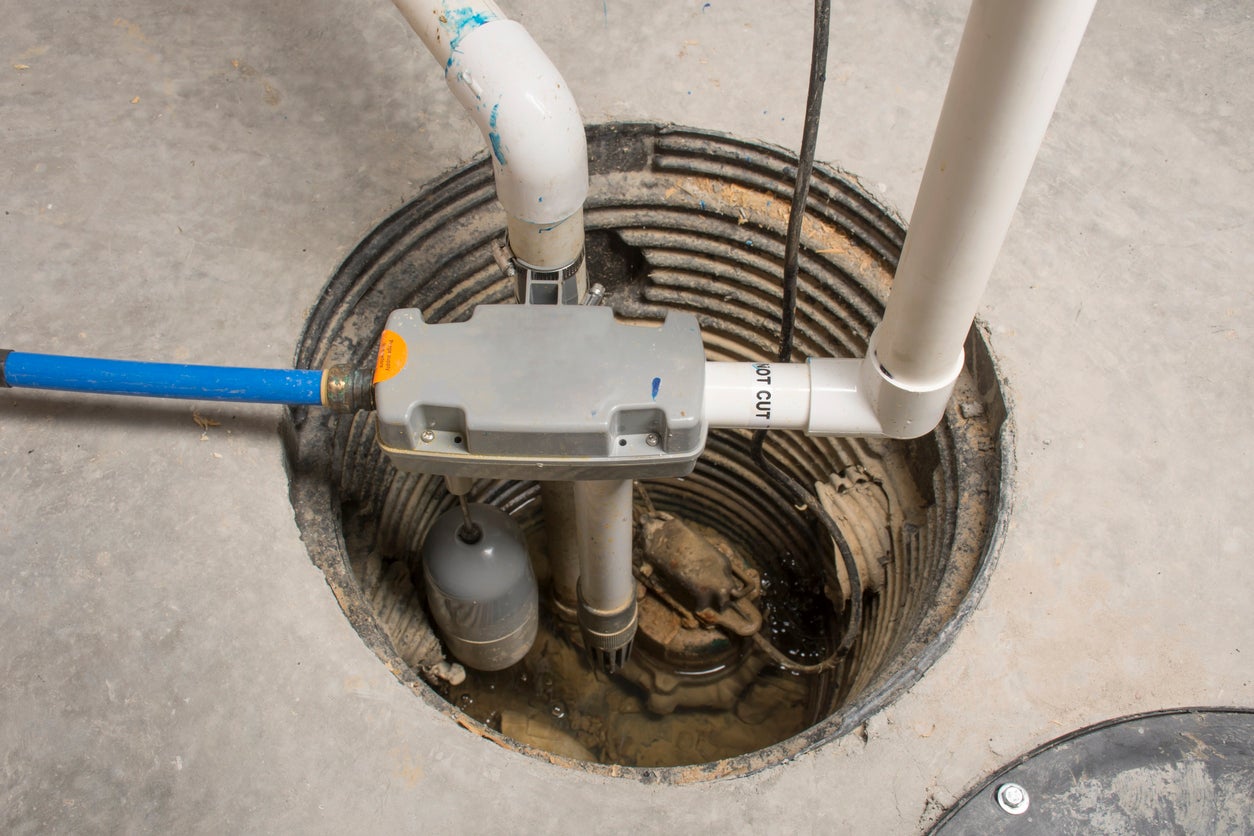

Articles
Why Doesn’t My Basement Have A Sump Pump
Modified: February 24, 2024
Discover why some basements do not have a sump pump and what you can do about it. Read informative articles that explain the importance of sump pumps and how they can protect your basement from water damage.
(Many of the links in this article redirect to a specific reviewed product. Your purchase of these products through affiliate links helps to generate commission for Storables.com, at no extra cost. Learn more)
Introduction
When it comes to maintaining a dry and functional basement, one of the key considerations is the presence of a sump pump. However, you may have noticed that your basement doesn’t have a sump pump installed. This raises the question: why doesn’t your basement have a sump pump?
A sump pump is a vital component of basement waterproofing systems. It is designed to remove excess water that accumulates in the sump pit, preventing flooding and water damage. The sump pump works by automatically detecting rising water levels and pumping it out of the basement, redirecting it away from the foundation of your home.
Not having a sump pump in your basement can leave your home vulnerable to various issues caused by excess moisture. In this article, we will explore the reasons why your basement may not have a sump pump and the potential risks associated with not having one. Furthermore, we will discuss the benefits of installing a sump pump and the factors to consider before making a decision.
Note: It is always advised to consult with a professional before making any decisions regarding basement waterproofing and sump pump installation.
Key Takeaways:
- Not having a sump pump in your basement can leave your home vulnerable to risks such as flooding, structural damage, mold growth, and damage to belongings. It’s essential to weigh the benefits of installing a sump pump and consider its potential impact on your basement.
- Factors such as basement conditions, water source, pump type, capacity, and power should be considered before installing a sump pump. Alternatives like interior waterproofing coatings, French drain systems, and drainage mats can also be explored based on specific water issues and circumstances.
Read more: What Is Sump Pump In Basement
What is a sump pump?
A sump pump is a mechanical device that is typically installed in the lowest part of a basement or crawlspace to prevent water damage caused by flooding. It is designed to keep the area dry by efficiently removing excess water and preventing it from accumulating.
The main component of a sump pump system is the sump pit, also known as the sump basin or sump well. This is a hole or pit dug in the basement floor to collect water that enters the area. The sump pit is typically covered with a durable lid to prevent debris from falling inside and to minimize odors.
When water enters the sump pit, either from groundwater seepage, rainwater, or a major plumbing leak, it triggers the sump pump to start operating. The pump is usually electrically powered and equipped with a float switch or pressure sensor. These mechanisms activate the pump when the water level reaches a certain height and deactivate it once the water is pumped out.
As the sump pump activates, it sucks in water from the pit through its intake valve and then pumps it out through a discharge pipe. The discharge pipe is usually equipped with a check valve to prevent water from flowing back into the basement. The water is directed away from the home’s foundation, usually towards a storm drain, a dry well, or a designated drainage area.
There are two main types of sump pumps: submersible and pedestal. Submersible pumps are designed to be placed directly inside the sump pit, submerged in water. These pumps are quieter because they are surrounded by water, and they are generally more powerful. Pedestal pumps, on the other hand, are positioned above the sump pit, with the motor and impeller located above the water level. These pumps are more easily accessible for maintenance and repairs but tend to be noisier.
Overall, a sump pump is an essential tool to protect your basement from water damage. With its ability to efficiently remove excess water, it plays a crucial role in preventing flooding and maintaining a dry and usable space in your home’s lower levels.
Purpose of a sump pump
The primary purpose of a sump pump is to protect your basement or crawlspace from water damage caused by flooding or excessive moisture. By efficiently removing water from these areas, a sump pump helps to maintain a dry and usable space in your home. Let’s explore some key purposes of a sump pump:
- Preventing water damage: The main role of a sump pump is to prevent water damage in your basement. Excess water from heavy rainfall, melting snow, or rising groundwater levels can easily find its way into your basement, leading to costly damage. The sump pump is designed to pump out this water, keeping your basement dry and reducing the risk of structural damage, mold growth, and other water-related issues.
- Protecting belongings: Many homeowners use their basements as storage areas for valuable belongings, such as furniture, electronics, and sentimental items. A sump pump offers protection for these items by preventing water damage. By keeping the basement dry, it reduces the risk of moisture-related issues that could harm or ruin your belongings.
- Maintaining structural integrity: Excessive moisture in your basement can lead to various problems, including foundation damage and weakened structural integrity. When water accumulates, it exerts pressure on the foundation walls, potentially causing cracks and instability. A sump pump helps to prevent this by removing water before it can cause significant damage and compromise the structural integrity of your home.
- Preventing mold and mildew growth: Basements are often prone to high humidity levels and dampness, creating an ideal environment for mold and mildew growth. These fungi not only pose health risks but can also cause significant damage to building materials. By keeping the basement dry and controlling moisture levels, a sump pump plays a crucial role in preventing mold and mildew growth and maintaining a healthy indoor environment.
- Promoting a healthier living space: A damp and humid basement can contribute to poor indoor air quality, which can have adverse effects on your health and the health of your family. By removing excess moisture, a sump pump helps to improve air circulation and reduce the risk of mold, mildew, and other airborne allergens. This creates a healthier living space for you and your loved ones.
In summary, a sump pump serves multiple purposes, including preventing water damage, protecting belongings, maintaining structural integrity, preventing mold growth, and promoting a healthier living environment. By investing in a quality sump pump and ensuring regular maintenance, you can safeguard your basement and enjoy the peace of mind that comes with a dry and functional space.
Common reasons for not having a sump pump in the basement
While having a sump pump in the basement offers numerous benefits, there are several common reasons why homeowners may not have one installed. Understanding these reasons can help shed light on why your basement may be lacking a sump pump. Here are some common reasons:
- Geographical location: The geographical location of your home plays a significant role in determining the necessity of a sump pump. If you live in an area with a low water table or where heavy rainfall and flooding are rare occurrences, a sump pump may not be a common feature in homes. In such cases, the absence of a sump pump in your basement may simply be due to the low likelihood of experiencing water-related issues.
- Age of the home: Older homes may not have been built with sump pumps in mind. Sump pumps have become more standard in newer construction, as building codes and regulations have evolved to address basement water management. If your home was built before the inclusion of sump pumps as a common feature, it may not have been initially equipped with one.
- Home design and architecture: The design and architectural layout of your home can affect the need for a sump pump. Some homes are built on higher ground or have adequate natural drainage systems that divert water away from the foundation, eliminating the need for a sump pump. Additionally, homes with elevated or sloping terrain may naturally prevent water accumulation in the basement, reducing the need for a sump pump.
- Dry climate: If you live in an arid or dry climate where rainfall and groundwater levels are consistently low, the risk of basement flooding or water issues may be minimal. As a result, homeowners in these areas may not prioritize installing a sump pump since the likelihood of encountering water-related problems is significantly reduced.
- Financial considerations: The cost of installing a sump pump can be a deterrent for some homeowners. If budget constraints or other financial priorities take precedence, the installation of a sump pump may be postponed or not considered at all. However, it is important to weigh the potential costs of water damage and repairs against the investment of a sump pump, as prevention can save you from more significant expenses in the long run.
It is essential to remember that while these reasons may explain the absence of a sump pump in your basement, it is still crucial to assess your specific situation. Factors such as potential water issues, climate changes, and personal preferences should be taken into account when determining whether a sump pump is necessary.
Potential risks of not having a sump pump
Not having a sump pump in your basement can expose your home to various risks associated with excess moisture and water accumulation. Understanding these risks can highlight the importance of considering a sump pump installation. Here are some potential risks of not having a sump pump:
- Basement flooding: One of the most significant risks of not having a sump pump is the increased likelihood of basement flooding. Without a mechanism to remove excess water, any water that seeps into your basement through cracks in the foundation or rising groundwater levels can quickly accumulate and cause flooding. This can result in extensive water damage to your belongings, flooring, walls, and electrical systems.
- Structural damage: Over time, excess moisture in the basement can lead to structural damage. Water can weaken the foundation, causing cracks and instability. This can jeopardize the structural integrity of your home, leading to costly repairs and compromising its resale value.
- Mold and mildew growth: Damp and humid conditions in the basement provide an ideal breeding ground for mold and mildew. These fungi can grow rapidly in the presence of moisture, leading to musty odors and potentially causing health issues such as allergies, respiratory problems, and even toxic mold-related illnesses. Not having a sump pump to remove excess water increases the risk of mold and mildew growth and the associated health hazards.
- Damage to belongings: Without a sump pump to prevent basement flooding, your valuable belongings stored in the basement are at risk. Furniture, electronics, documents, and sentimental items can be damaged or completely ruined by water. The financial and emotional impact of losing these cherished possessions can be significant.
- Increase in pest activity: Excess moisture in the basement can attract pests like cockroaches, mice, and termites. These pests thrive in damp environments and can cause further damage to your home’s structure and pose a threat to your health and well-being.
By not having a sump pump, you are leaving your basement vulnerable to these risks. Investing in a sump pump can prevent these potential problems, providing you with peace of mind and protecting your home from water damage and its associated consequences.
Make sure to check if your basement is below the water table level. If it is, installing a sump pump can help prevent water damage and flooding.
Read more: What Sump Pump Is Best For A Basement
Benefits of installing a sump pump in the basement
Installing a sump pump in your basement offers numerous benefits that go beyond just preventing water damage. Understanding these benefits can help you make an informed decision about incorporating a sump pump into your basement waterproofing system. Here are some key benefits of installing a sump pump:
- Prevention of basement flooding: The primary benefit of having a sump pump is its ability to prevent basement flooding. By efficiently removing excess water from the sump pit, a sump pump helps keep your basement dry during periods of heavy rainfall, snowmelt, or plumbing issues. This prevents costly water damage and the need for extensive repairs.
- Protection of valuables: Installing a sump pump safeguards your valuable belongings stored in the basement. Whether it’s furniture, electronics, or sentimental items, a sump pump ensures that your possessions remain dry and protected from potential water damage. This provides peace of mind and avoids the financial and emotional burden of replacing or repairing damaged items.
- Prevention of mold and mildew: Excess moisture in the basement creates the perfect conditions for mold and mildew growth. These fungi not only cause unpleasant odors but can also pose health risks. A sump pump helps to lower the basement’s humidity levels, preventing mold and mildew from thriving and reducing the risk of associated health issues.
- Improved indoor air quality: A damp basement can negatively impact the indoor air quality of your home. By efficiently removing excess moisture, a sump pump helps to improve air circulation and reduce the presence of indoor allergens. This creates a healthier living environment for you and your family.
- Preservation of your home’s foundation: Excessive moisture in the basement can deteriorate the foundation of your home over time. By preventing water accumulation and minimizing hydrostatic pressure on the foundation walls, a sump pump helps maintain the structural integrity of your home. This protects against costly foundation repairs and ensures the longevity of your property.
- Increased property value: Installing a sump pump can add value to your home. Potential buyers appreciate the peace of mind that comes with a well-maintained basement and the knowledge that their investment is protected against water damage. A sump pump system demonstrates your commitment to maintaining a dry and functional basement, making your property more attractive on the real estate market.
Considering the numerous benefits, installing a sump pump in your basement proves to be a wise investment. It offers protection against water damage, preserves the condition of your home, improves indoor air quality, and provides peace of mind. Consult with a professional to determine the most suitable sump pump system for your specific needs and ensure proper installation and maintenance.
Factors to consider before installing a sump pump
Before installing a sump pump in your basement, it’s important to consider various factors to ensure you make an informed decision. Taking these factors into account will help you choose the right type of sump pump and ensure effective water management in your basement. Here are some key factors to consider:
- Basement conditions: Assess the specific conditions of your basement, including its size, layout, and any existing water issues. Take note of areas prone to water accumulation, such as cracks in the walls or floors, as well as any signs of water damage. Understanding your basement’s unique characteristics will help you determine the appropriate size and capacity of the sump pump needed.
- Water source: Identify the source of water that enters your basement. It could be from groundwater seepage, heavy rainfall, plumbing leaks, or a combination of factors. This will help you understand the severity and frequency of water intrusion, influencing the type and power of the sump pump required.
- Pump type: There are two main types of sump pumps: submersible and pedestal. Submersible pumps are placed directly in the sump pit, offering a more discreet and quieter operation. Pedestal pumps, on the other hand, have the motor positioned outside the pit, making them easier to access for maintenance and repairs. Consider the pros and cons of each type, and choose the one that best suits your needs and preferences.
- Pump capacity and power: Look for a sump pump with the appropriate capacity and power to handle the potential water load in your basement. Consider factors such as the size of your basement, the depth of the sump pit, and the volume of water that may enter during heavy rainfall. Ensure that the pump has enough pumping capacity to effectively remove water and prevent flooding.
- Battery backup: Power outages often coincide with severe weather events, increasing the risk of basement flooding. Consider opting for a sump pump with a battery backup system to ensure it continues to operate even during power disruptions. This backup power source will provide peace of mind and protect your basement from water damage, even when the electricity is out.
- Professional installation: While some homeowners may choose to install a sump pump themselves, it is recommended to have a professional handle the installation. An experienced technician can evaluate your specific situation, determine the best placement for the sump pump, and ensure proper installation, reducing the risk of any potential issues or errors.
- Maintenance requirements: Like any mechanical device, a sump pump requires regular maintenance to ensure optimal performance. Consider the maintenance requirements of different sump pump models and factor in the time and effort needed to keep the pump in good working condition. Regular maintenance may involve cleaning debris from the pit, testing the pump, and checking the backup battery system.
Considering these factors before installing a sump pump will help you choose a system that is suitable for your basement’s specific needs. Remember to consult with a professional for expert advice and proper installation, ensuring that your basement remains dry and protected from water damage.
Alternatives to a sump pump for basement water management
While a sump pump is a highly effective solution for basement water management, there are alternative methods you can consider depending on your specific needs and circumstances. These alternatives can complement or serve as substitutes for a sump pump in certain situations. Here are some common alternatives to a sump pump:
- Interior waterproofing coatings: Interior waterproofing coatings are applied to the interior walls and floors of your basement to create a barrier against water penetration. These coatings, such as waterproof paint or sealants, help to prevent moisture and water from entering your basement. While they do not physically remove water like a sump pump, they can be a cost-effective way to manage minor water seepage and reduce the risk of moisture-related issues.
- Exterior waterproofing: Exterior waterproofing involves excavating around the foundation and applying a waterproof membrane or sealant to the exterior walls. This method helps to prevent water from infiltrating the foundation walls and redirect it away from the basement. While it is a more expensive and invasive solution compared to a sump pump, it can provide long-term protection against water intrusion and is particularly beneficial for homes with chronic water penetration issues.
- French drain system: A French drain system is a trench filled with gravel or perforated pipe installed around the perimeter of the basement, designed to collect and redirect water away from the foundation. It works by allowing water to flow into the drain, which is then directed to a designated drainage area. French drains are effective in managing groundwater or surface water and can be used in conjunction with a sump pump for added water management.
- Drainage mat: A drainage mat is a plastic or rubber membrane installed on basement walls or floors. It creates a gap between the surface and the foundation, allowing water to flow behind the membrane and into a drainage system. Drainage mats help manage water seepage and can be used alongside other waterproofing methods or as an alternative in situations where installing a sump pump is not feasible.
- Improving grading and landscaping: Proper grading and landscaping around the perimeter of your home can help redirect water away from the foundation. Ensuring that the ground slopes away from your home and that downspouts and gutters are properly installed and functioning is crucial in preventing water accumulation near the basement. While this method does not remove water from the basement, it can minimize the amount of water that makes its way toward the foundation.
- Moisture barriers and vapor barriers: Moisture barriers, such as heavy-duty plastic sheets, and vapor barriers, such as waterproof membranes, can be installed on walls and floors to prevent moisture from seeping into the basement. These barriers help reduce the risk of condensation and moisture buildup, creating a drier environment. While they do not address water from external sources, they can be useful in managing internal moisture issues.
It’s important to note that the effectiveness of these alternatives varies depending on the specific water issues you are facing in your basement. Consulting with a professional who specializes in basement waterproofing can provide valuable guidance on the most suitable alternative or combination of methods for your specific situation.
Conclusion
In conclusion, the absence of a sump pump in your basement raises concerns about the potential risks and water management in your home. A sump pump plays a crucial role in preventing basement flooding, protecting your belongings, and maintaining a dry and functional living space. However, there are several common reasons why your basement may not have a sump pump, such as geographical location, home design, and financial considerations.
Not having a sump pump exposes your home to various risks, including basement flooding, structural damage, mold growth, and damage to your valuable belongings. These risks can have detrimental effects on your home’s integrity, your health, and even your financial well-being. Therefore, it is vital to weigh the benefits of installing a sump pump and consider its potential impact on your basement.
When installing a sump pump, consider factors such as the specific conditions of your basement, the source of water intrusion, the type and power of the pump, the need for a backup system, and the importance of professional installation and regular maintenance.
In certain situations, alternatives to a sump pump, such as interior or exterior waterproofing, French drain systems, drainage mats, or improved grading, can be considered to manage basement water issues. These alternatives offer different approaches to preventing water intrusion and can be used alone or in combination with a sump pump.
In the end, the decision to install a sump pump or explore alternative methods for basement water management depends on your specific circumstances, including the severity of water issues, your budget, and your long-term goals for your home. Consulting with professionals in the field of basement waterproofing can provide valuable insights and guidance to help you make an informed decision.
Remember, a dry and well-maintained basement not only protects your home but also enhances your overall quality of life and provides a safe and functional space for you and your family.
Frequently Asked Questions about Why Doesn't My Basement Have A Sump Pump
Was this page helpful?
At Storables.com, we guarantee accurate and reliable information. Our content, validated by Expert Board Contributors, is crafted following stringent Editorial Policies. We're committed to providing you with well-researched, expert-backed insights for all your informational needs.
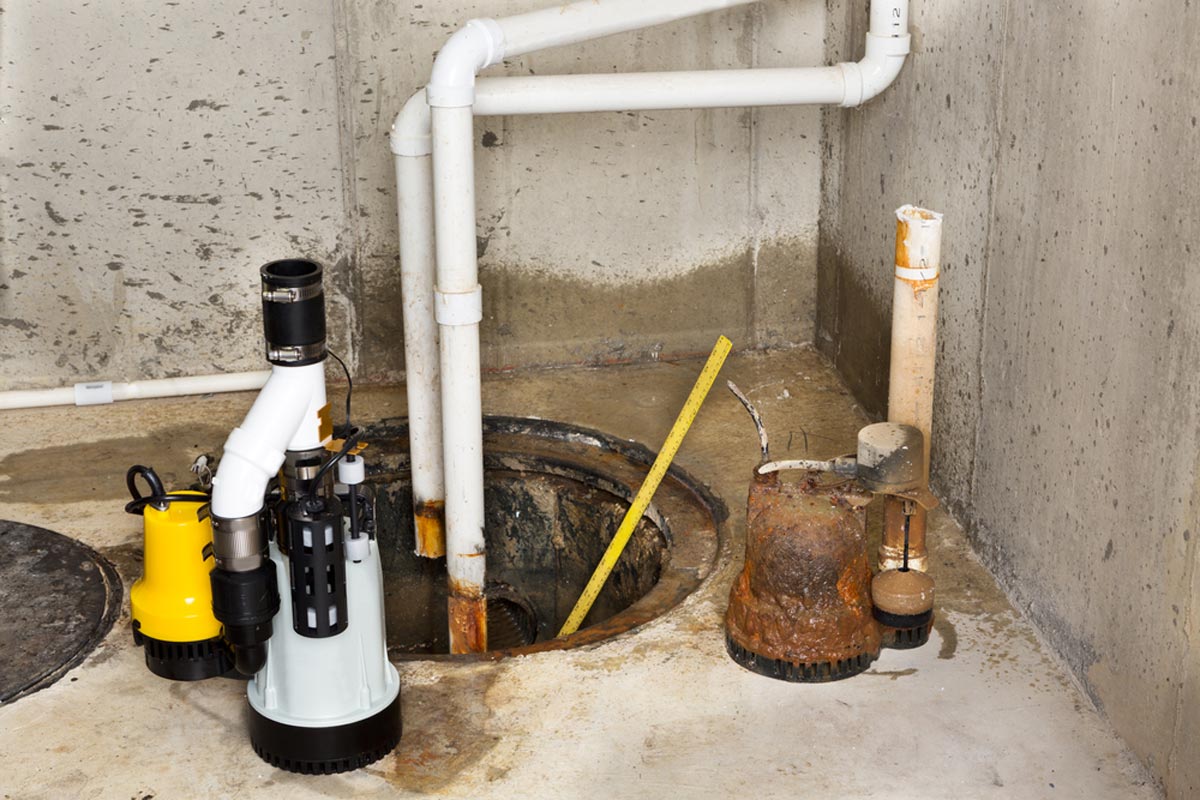

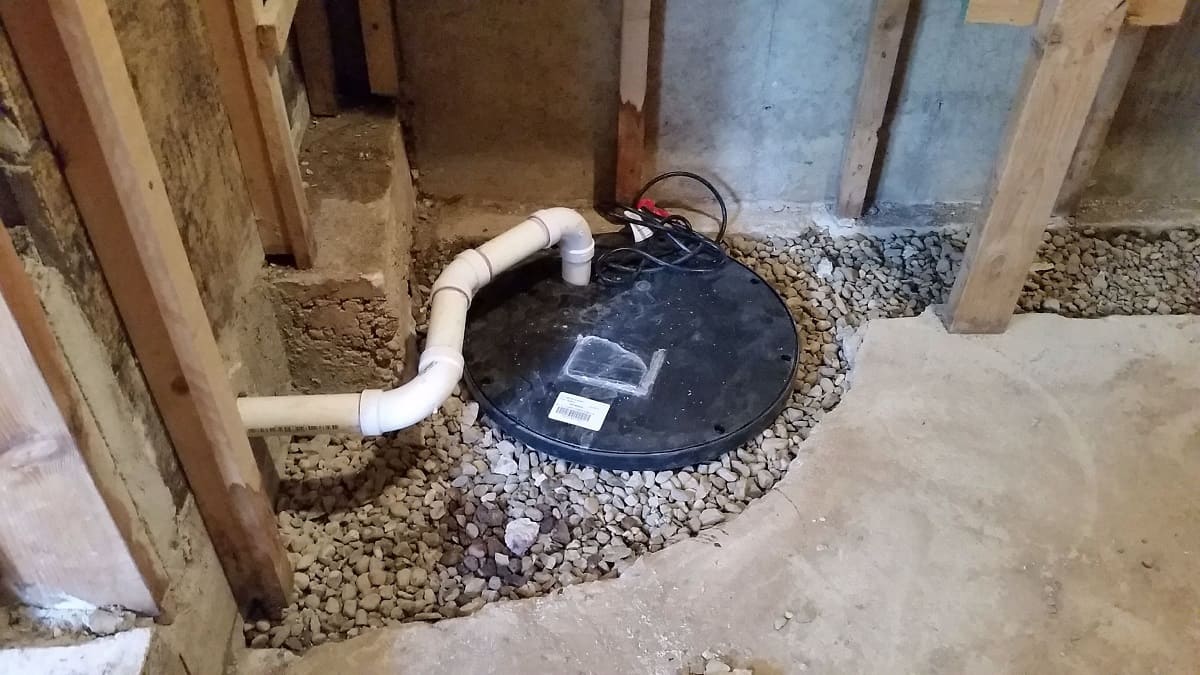
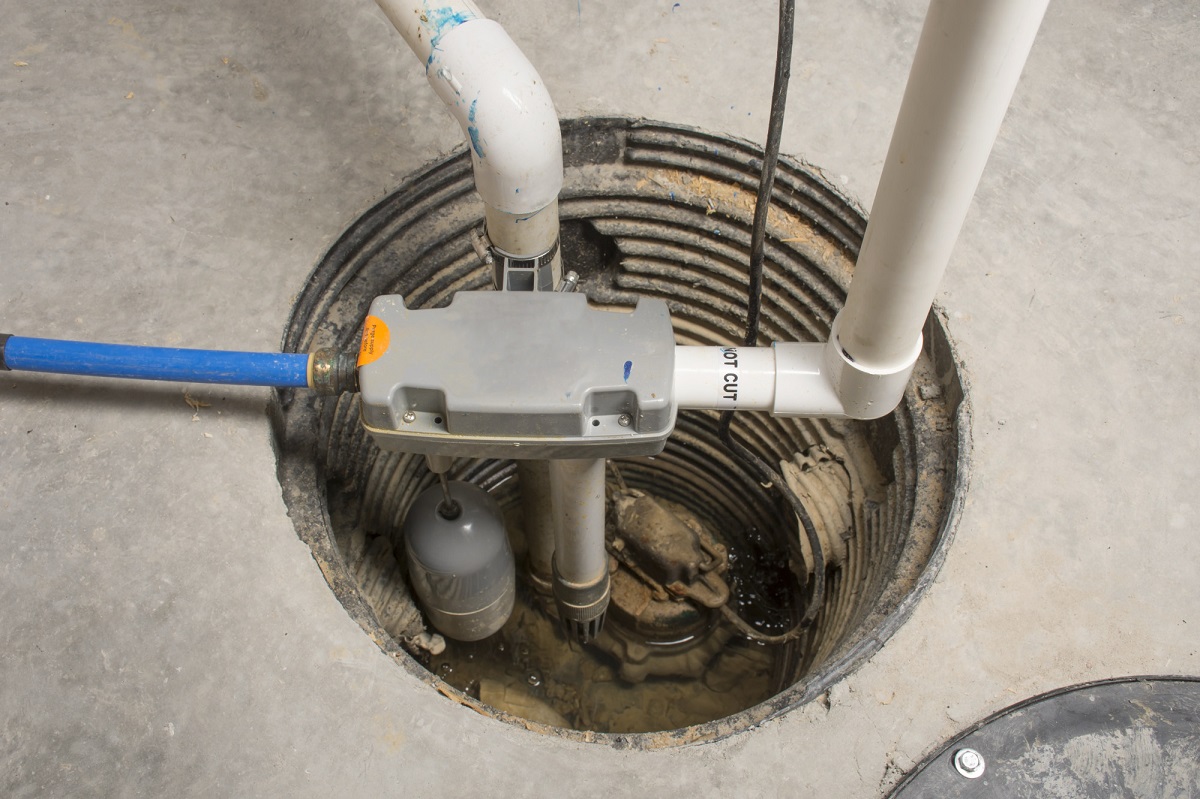
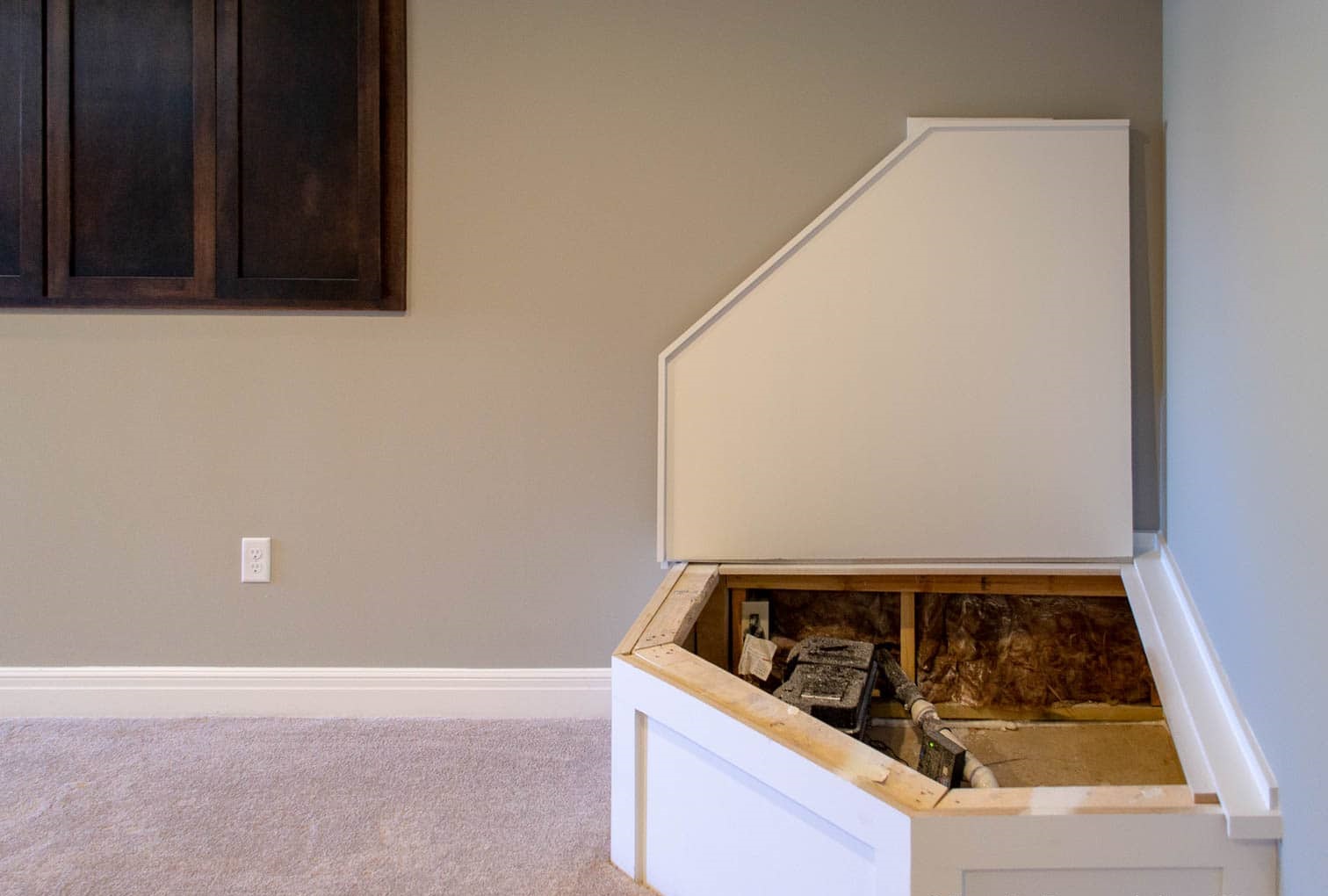
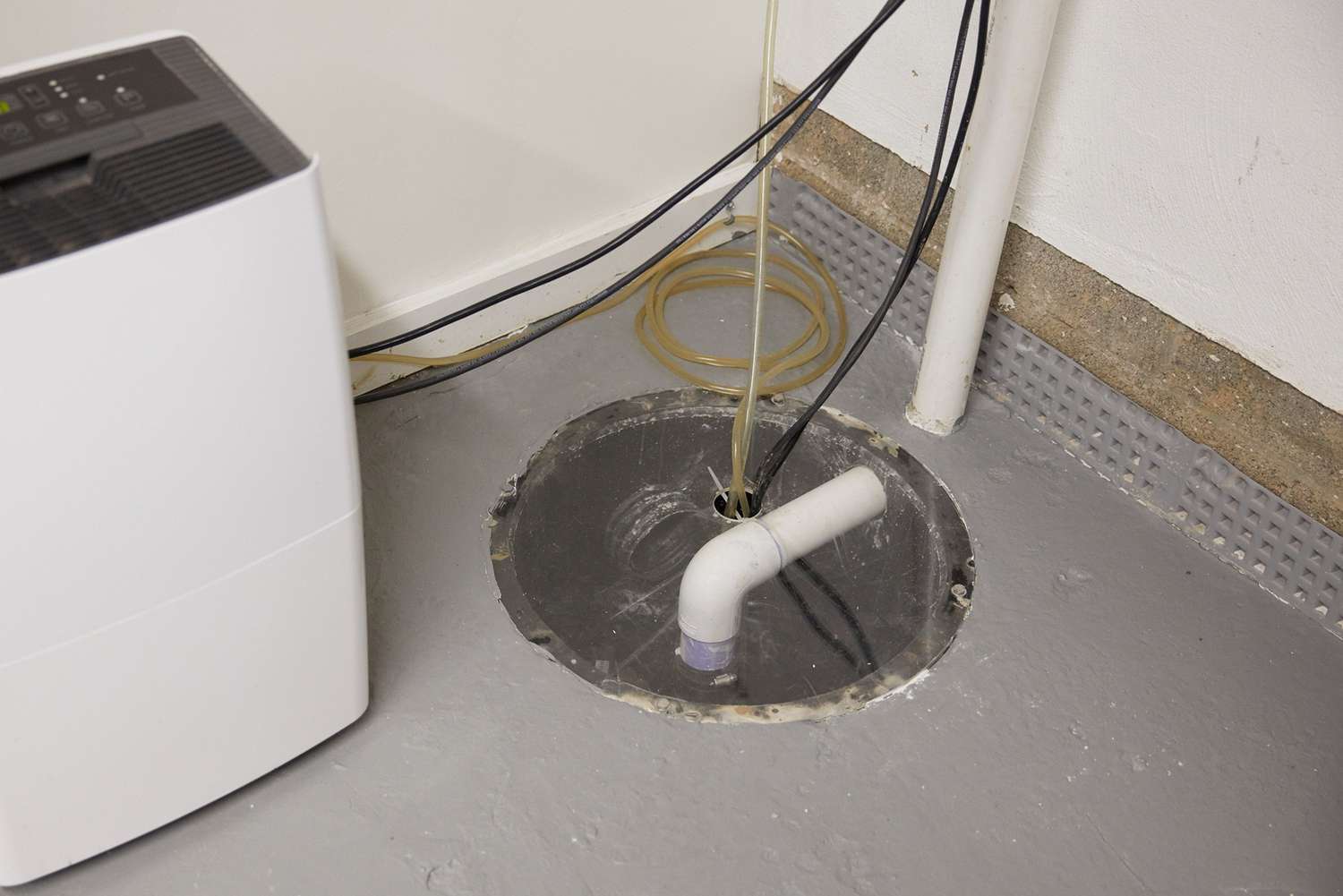
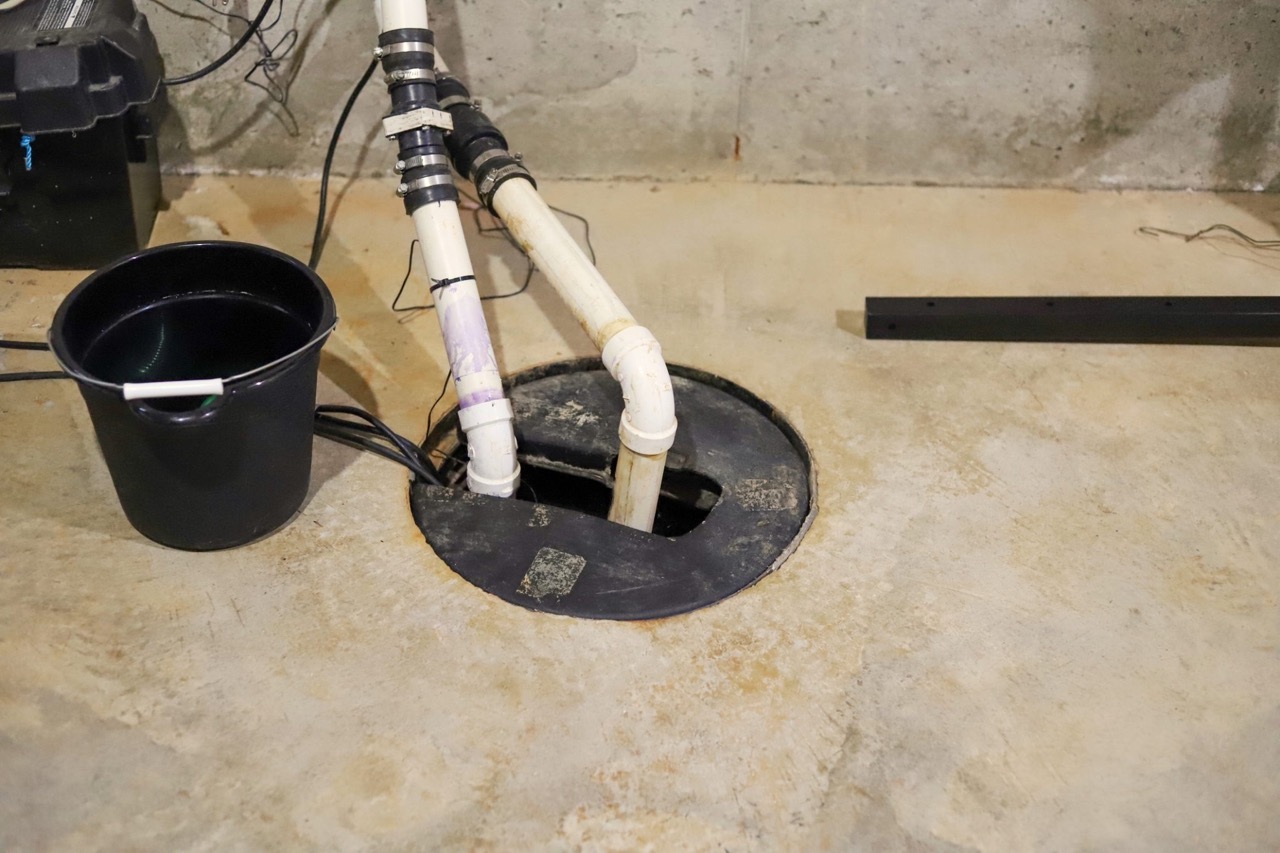
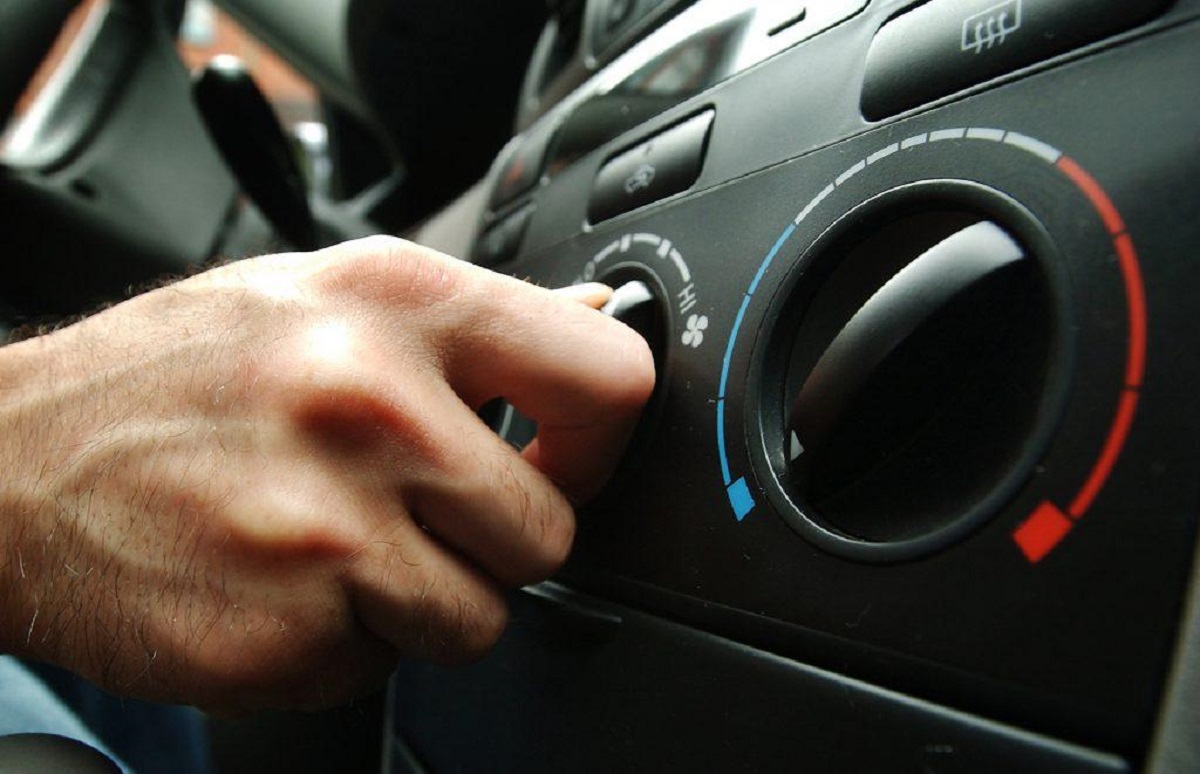
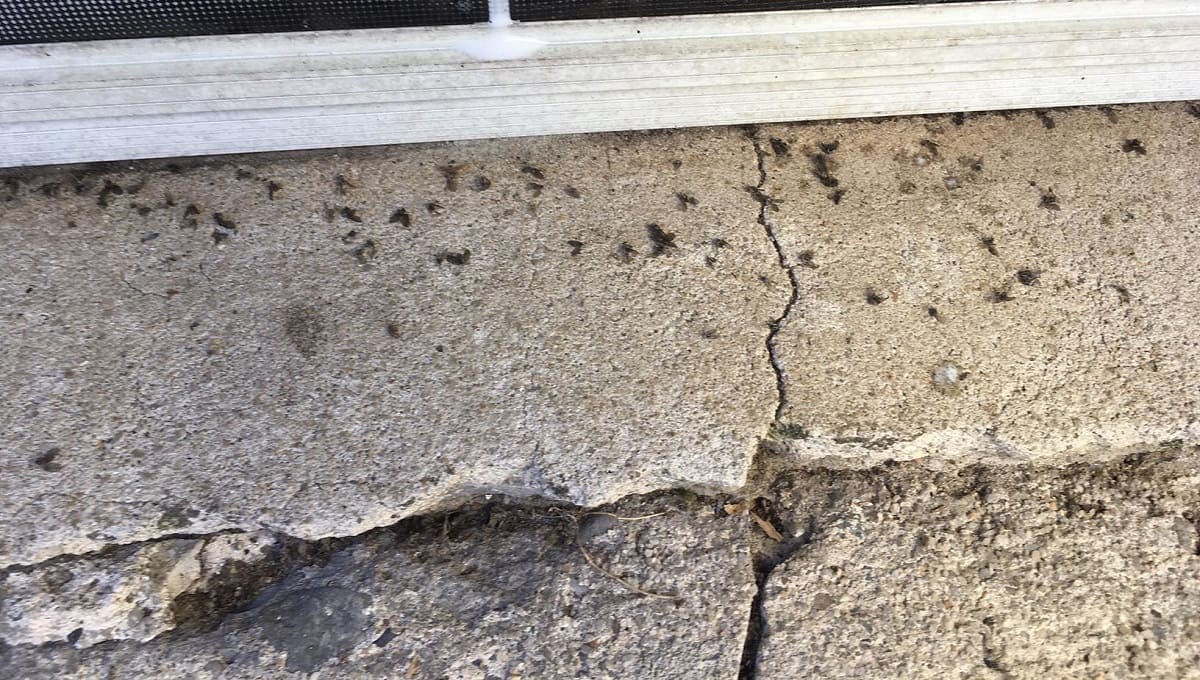


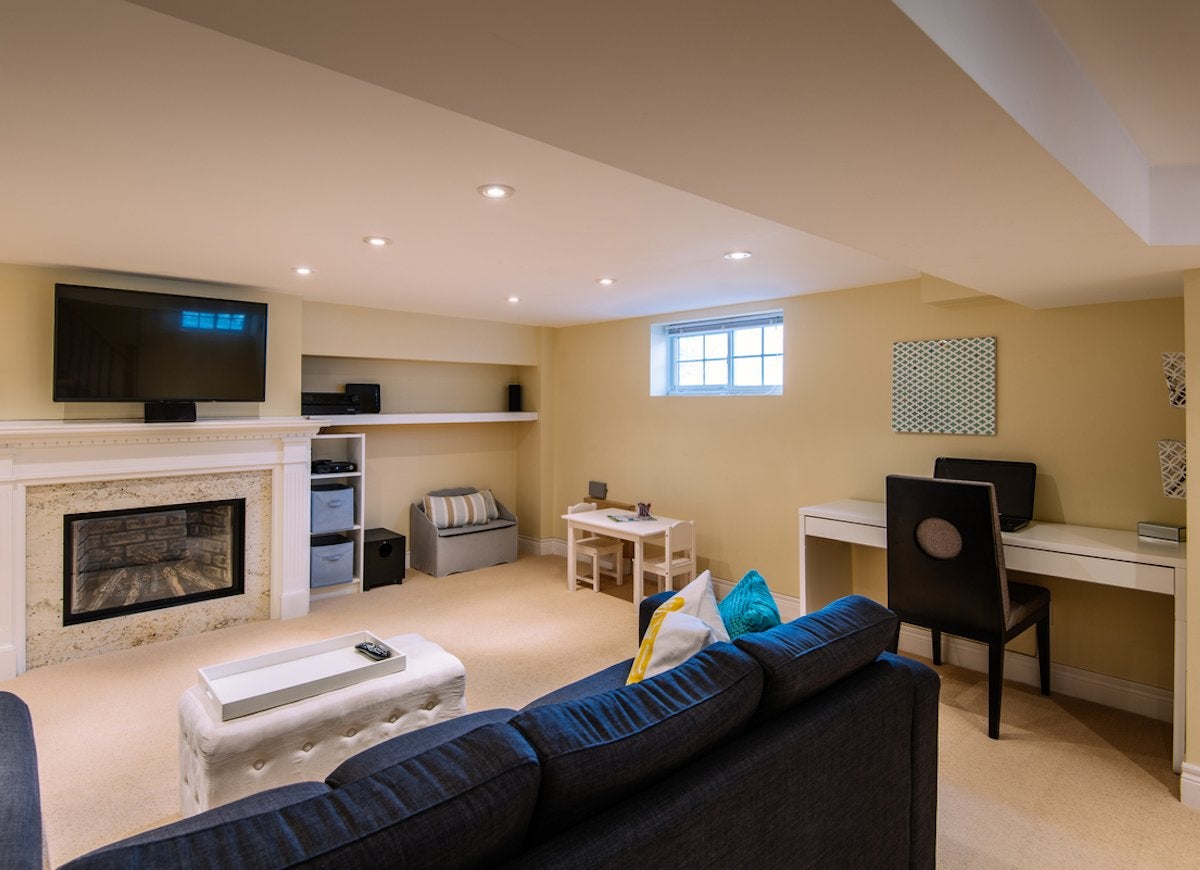
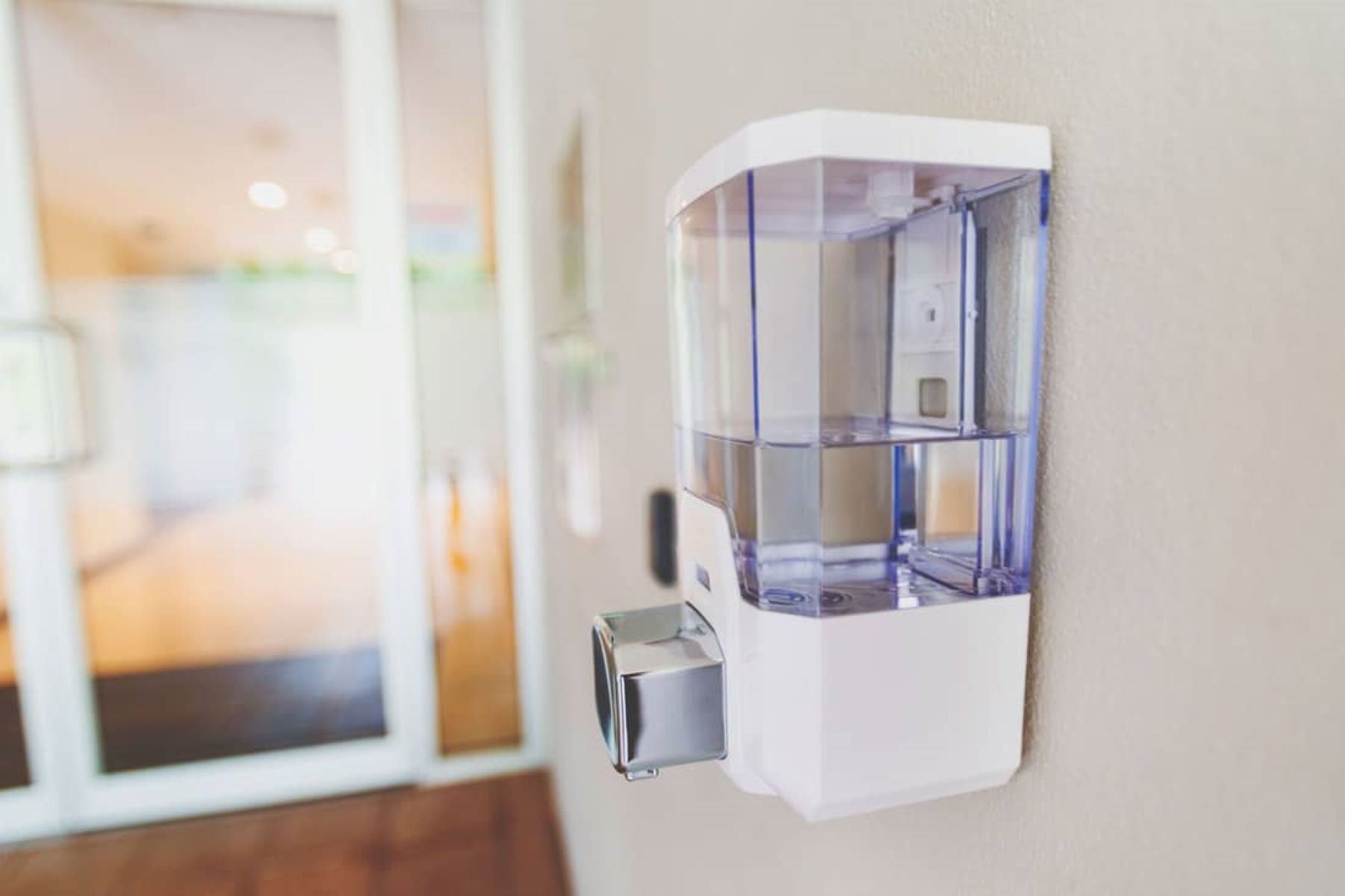
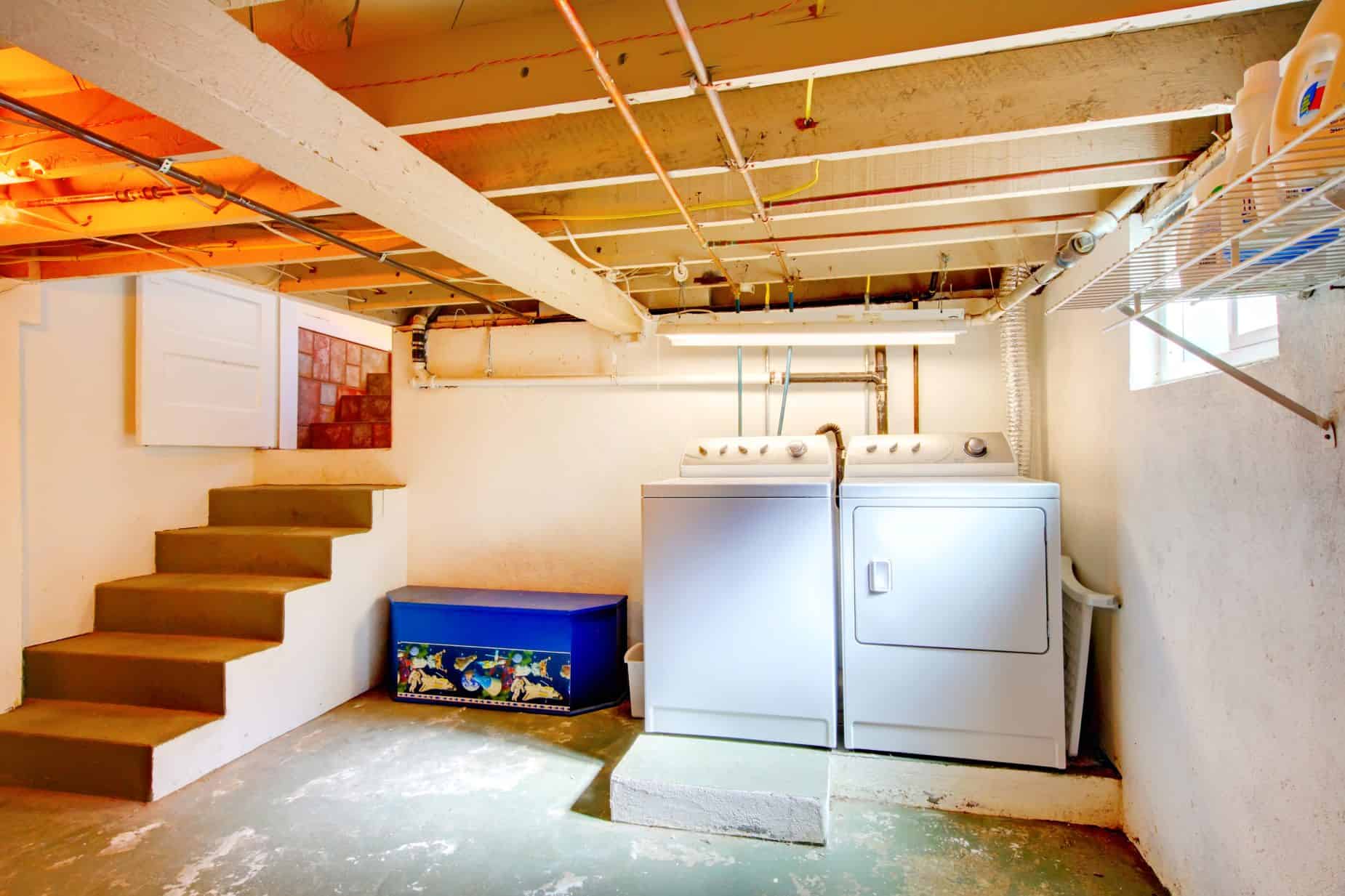

0 thoughts on “Why Doesn’t My Basement Have A Sump Pump”